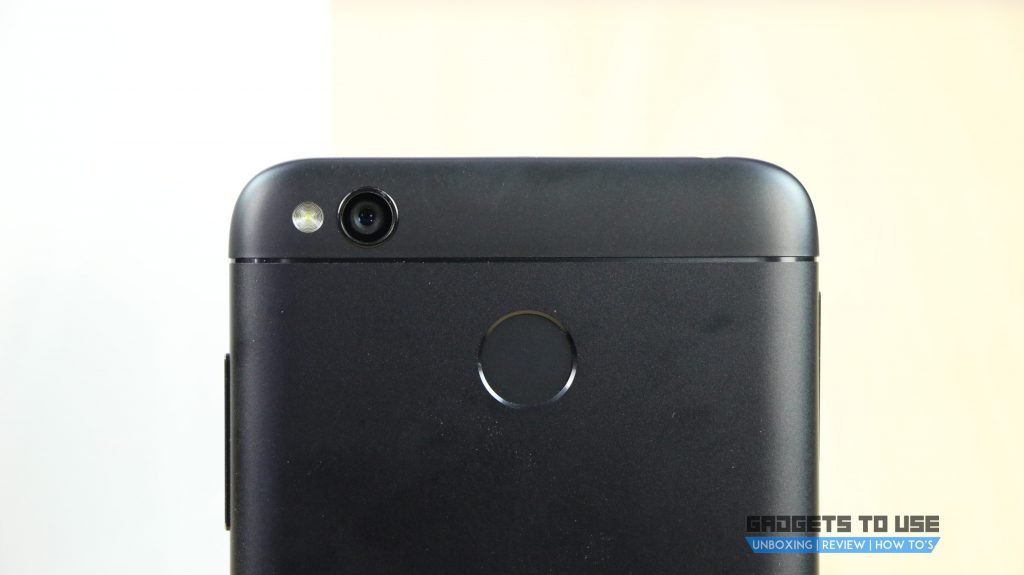Xiaomi Redmi 4 has just been launched in India. With a starting price of Rs. 6,999, it will replace the highly popular Redmi 3S series. The most important improvement in the Redmi 4 is that even the cheapest variant sports a fingerprint scanner, unlike its predecessor. This means, even the 2 GB / 16 GB model of the Redmi 4 costing just Rs. 6,999 will feature a super-fast fingerprint sensor.
Going by the specifications, we do not find any major upgrade in the successor of the Redmi 3S apart from the addition of the fingerprint scanner. So, let’s put the two budget smartphones side-by-side and find out their pros and cons. To make things fair, here we will compare the Redmi 3S with only the 2 GB / 16 GB variant of the Redmi 4.
Xiaomi Redmi 4 Vs Redmi 3S Specifications
[table id=892 /]
Coverage
Xiaomi Redmi 4 With Snapdragon 435 Processor Launched Starting At Rs. 6,999
Xiaomi Redmi 4 FAQ, Pros & Cons, User Queries, and Answers
Xiaomi Redmi 4 Unboxing, Quick Review And Benchmarks
Xiaomi Redmi 4 Detailed Camera Review And Sample Photos
Design and Build Quality
Speaking of the design language, the Redmi 4 looks like a fusion of the Redmi 3S and the Redmi Note 4. The phone looks genuinely premium and feels great in hands. The Redmi 3S is a very well-built handset too. Both the phones feature a metal back with plastic inserts at the top and the bottom. A circular fingerprint scanner sits at the back of the newer device, while the older one is void of it.
However, the Redmi 4 is around 0.2 mm thicker than its predecessor and 6 grams heavier too. This is actually a downgrade since the Redmi 3S sports similar internals with the exact same battery capacity.
Verdict: The Redmi 3S felt a bit more solid in hand than the Redmi 4. The latter looks more premium though.
Display
There is absolutely no difference between the displays of the Redmi 3S and the Redmi 4. Both of them have good quality 5 inch IPS LCD panels with HD (1280 x 720) resolution. The later model comes with a new ‘Night Mode’ which adjusts the screen for optimum night time usage. This is not a deal breaker though. However, the 2.5D curved display of the Redmi 4 increases its visual appeal.
Verdict: Redmi 4 wins due to its 2.5D curved screen.
Hardware and Storage
The Xiaomi Redmi 4 comes with a Snapdragon 435 chipset while the Redmi 3S features a Snapdragon 430 SoC. Coming to processing power, both the chips are absolutely identical. The only difference between the SD 435 and SD 430 is in their 4G modems.
Storage-wise, the two smartphones are similar too. They both rock 2 GB of LPDDR3 memory combined with 16 GB of internal memory.
Verdict: Tie in terms of processing power, while the Redmi 4 has an edge ahead regarding connectivity.
Software and Performance
Both the contending smartphones run on Xiaomi’s in-house MIUI 8 based on Android 6.0.1 Marshmallow. Performance and gaming are mostly the same as both the phones have similar processing powers.
The Redmi 4 also comes with an optional Android 7.0 Nougat based beta version of MIUI 8. You may opt to install it at your own discretion or wait for the stable release. Unfortunately, this is not available for the Redmi 3S.
Verdict: Redmi 4 wins due to newer Android version.
Camera
Speaking of the camera, the Redmi 4 performs slightly better than the Redmi 3S. Hardware-wise, both the sensors are absolutely identical though. We suspect Xiaomi has done some fine tuning on the newer phone. This is only valid for the rear shooter as the selfie quality is basically same in both the handsets.
Verdict: Redmi 4 has the upper hand.
Connectivity
Here is where all the differences accumulate! The Snapdragon 435 of the Redmi 4 comes with a better 4G modem than the SD 430 of the Redmi 3S. The former offers up to 300 Mbps / 100 Mbps download/upload speeds while the latter is restricted to 150 Mbps / 75 Mbps only. The newer smartphone also comes with dual-band Wi-Fi (2.4 GHz + 5 GHz), while the older model features a single band Wi-Fi (2.4 GHz only).
Verdict: The Redmi 4 is a clear winner.
Battery
Both the Redmi 4 and Redmi 3S boast 4,100 mAh batteries. So, power backup Is not an issue in any of them.
Verdict: Tie
Conclusion
As you see, the Redmi 3S and Redmi 4 are very similar to each other in most of the aspects. However, it is the presence of fingerprint sensor which makes the Redmi 4 a much better buy than its predecessor. You can buy it without any doubt as few phones offer this kind of value for money proposition.





